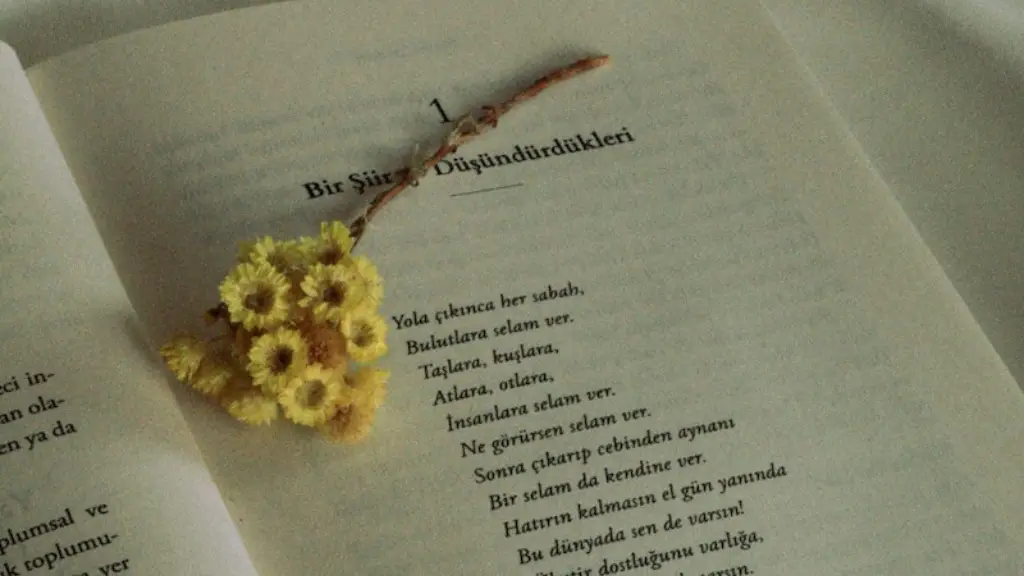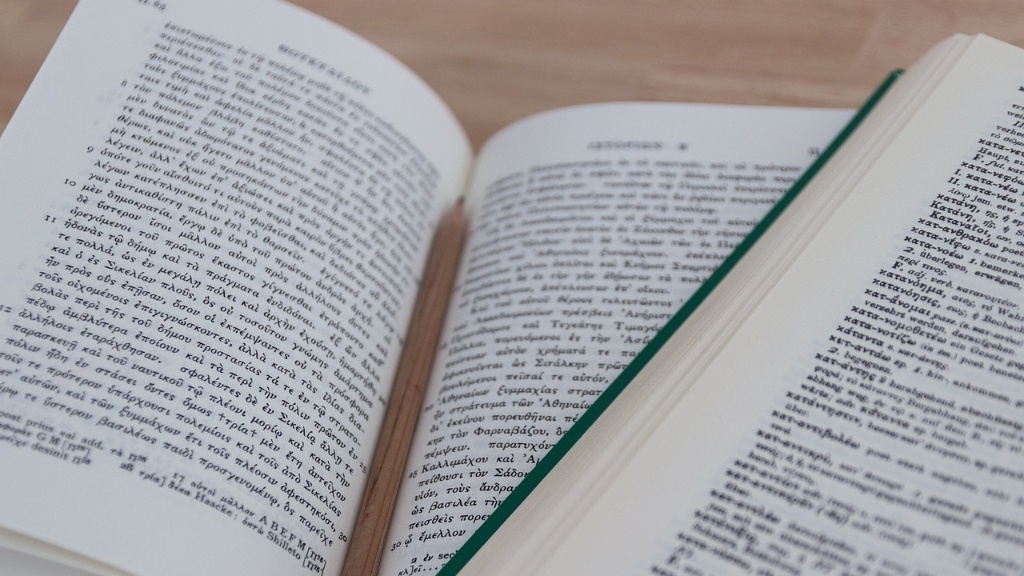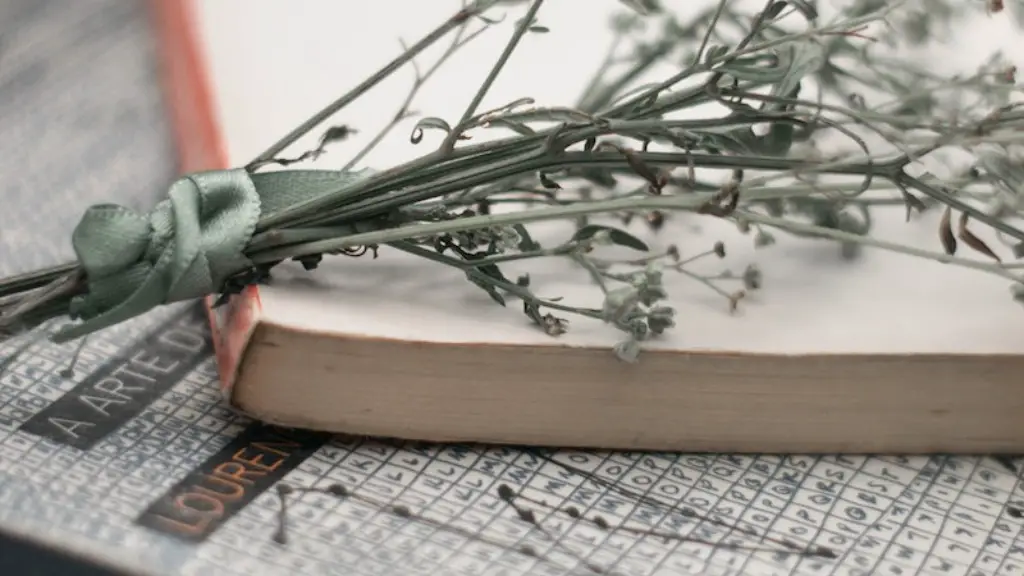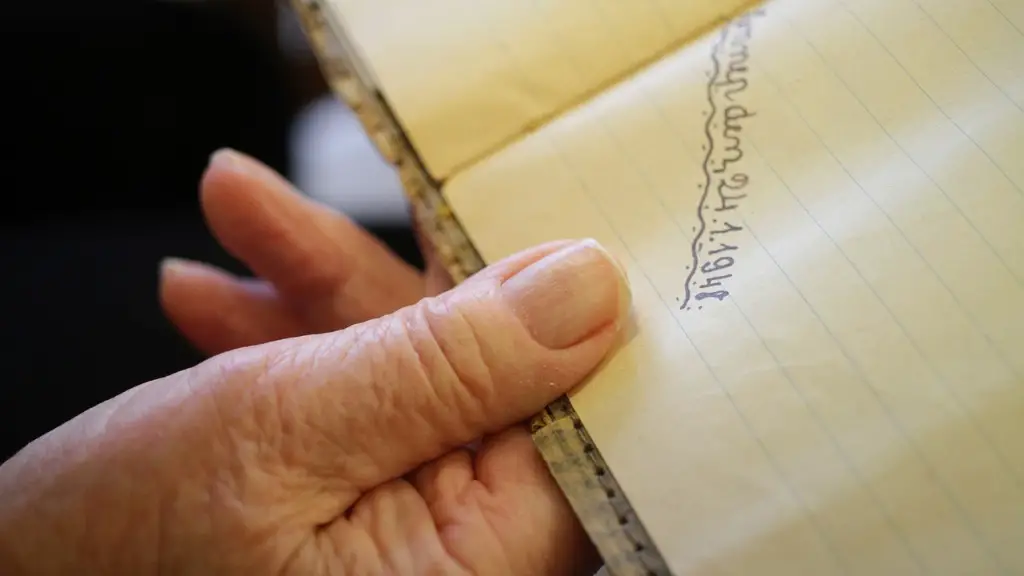In poetry, the word assonance refers to the repetition of a vowel sound in successive words. This type of sound repetition is often used to create a kind of aural assonance that helps to emphasize the words as they are read aloud. Unlike rhyme, assonance does not necessarily involve the repetition of the exact same sound. Instead, it involves the repetition of similar vowels that can be used to build a pattern when they are repeated throughout a poem.
The primary benefit of assonance is that it can be employed in a very subtle manner. Where rhyme often sticks out and draws attention to itself, assonance is much less likely to be intrusive. This can make assonance an effective tool for invoking emotions in a poem without jarring the reader with a jarring rhyme. Many of the most memorable lines in literature have employed assonance in a subtle but effective manner.
Assonance can be used to emphasize certain words in the poem or to establish an aural pattern-a melodic line-across the entire piece. It is usually employed as part of a larger pattern of sound where other sounds, such as consonants and alliterations, also play a role in shaping the reader’s experience. For example, in the widely known line from Shakespeare’s Romeo and Juliet, “Parting is such sweet sorrow,” the assonance of the long ‘o’ vowel continues to draw attention to the words ‘parting’ and ‘sorrow.’
Although assonance has been used in written poetry since the time of Ancient Greece, it is now common in spoken-word poetry as well. In this context, assonance can be used to help the poet “flow” or sound more natural as they deliver the poem. Many popular rappers and spoken-word poets employ assonance as a tool to make their words sound more vivid and emphasize certain words within a line.
One of the primary dangers of assonance is that it can be overused very easily. The subtlety of assonance can make it difficult to consciously spot it in one’s own writing. As such, it is important to be conscious of the way assonance is used in writing and to make sure that it does not become an intrusive factor in the poem.
Usage of assonance in Poetry
Assonance has been used by many famous poets throughout history in a variety of different ways. Of the most renowned is Walt Whitman, who used assonance and other sound techniques to add a kind of musicality to his work. In his famous work, Leaves of Grass, he uses assonance to add aural pleasure to the reading experience, providing an enriching and memorable experience for the reader. John Keats, too, used assonance to create his suspended, lingering odes. His “Ode to a Grecian Urn,” features a range of images and sound patterns, thanks to the assonance throughout the piece.
But it is not only the more traditional poets who use assonance. Many contemporary spoken-word poets, such as spoken-word artist Sarah Kay, also make use of assonance. In her poem, “Sky,” she employs assonance to add an emotive weight to the work and to emphasize certain words. Likewise, modern poets can also use assonance to create their own distinctive sound patterns, making the work more personal and intimate.
Ultimately, the use of assonance in poetry is an excellent tool for adding aural pleasure and emphasizing certain words within a poem. By using similar vowel sounds in succession, a poet can create a kind of musicality that helps draw the reader into the poem and enhances the experience of reading it.
Benefits of Assonance in Poetry
Assonance is a useful tool in the poet’s arsenal because of the many benefits it provides to the written work. It can be used to emphasize certain words and phrases, making them stand out more clearly to the reader. It can also add a kind of musicality to the words, making them stretch out and linger on the ear. This is a great way to create a more immersive experience for the reader.
Assonance also has the benefit of being less intrusive than other forms of sound play, such as rhyme. Rhyme often stands out too much and can draw attention away from the actual words of the poem. Assonance is much less likely to be intrusive in this way, making it a great way to achieve a more subtle and powerful effect.
Finally, assonance can be used to create patterns within a poem that draw the reader in and make them hang on each word. This can be especially useful in longer pieces, as the assonance pattern helps to carry the reader through the poem without losing their attention.
Disadvantages of Assonance in Poetry
However, like all tools, assonance also has its disadvantages. As mentioned previously, assonance can be quite easy to overuse in one’s writing, making it intrusive and detracting from the reading experience. As such, it is important to be conscious of the way one uses assonance and to make sure that it does not become an annoying factor in the poem.
Furthermore, assonance can also detract from one’s writing if it is too obvious. While subtle assonance can be effective in creating a more immersive experience for the reader, overly obvious sound play can be quite disruptive. As such, it is important to use assonance in moderation and to make sure it is not overdone.
In conclusion, assonance is a powerful tool in the poet’s arsenal. Used well, it can draw attention to certain words and create a more immersive experience for the reader. However, it is important to be aware of the dangers of overusing assonance, as it can easily become intrusive and detract from the overall effect of the poem.
Examples of Assonance in Poetry
There are myriad examples of assonance in poetry throughout history. One of the most famous is Shakespeare’s “Romeo and Juliet”, which begins with the famous line, “Two households, both alike in dignity,” where the long ‘i’ sound is repeated across the line. Another is Jackie Kay’s “Ode to Dusk,” which uses the assonance of the long ‘u’ sound to create a mood of peace and tranquillity. Both of these pieces exemplify the power of assonance to create a captivating atmosphere.
In addition to these examples, there are many more poems that use assonance to create aural pleasure and draw attention to certain words. Emily Dickinson’s poem “A Narrow Fellow in the Grass” employs assonance as a way to draw attention to the mysterious creature at the heart of the poem. Charles Bukowski’s “I Can’t Get No Nookie” uses assonance to emphasize the frustration of the speaker throughout the poem. Edgar Allan Poe’s “The Raven” employs a kind of mournful chanting assonance to illustrate the despair of the speaker. All of these pieces demonstrate the power of assonance to draw attention to certain words and create a more engaging reading experience.
Tools for Identifying assonance in Poetry
Thanks to the rise of the internet, there are now a number of tools and resources available for identifying assonance in a poem. For instance, the online literary analysis tool WordHoard can be used to search for instances of assonance in a text. Additionally, there are a number of websites and forums that act as a hub for discussing assonance and other poetic techniques. This can be a great way to find out more about the use of assonance and to get feedback on one’s own work.
In conclusion, assonance is an important element of poetry and one that can be employed in many different ways. It can be used to emphasize certain words, create aural pleasure and pattern, and even invoke emotions in the reader. However, it is important to be conscious of the dangers of overusing assonance, as it can easily become intrusive and detract from the reading experience. By being aware of the tools available and the ways assonance can be used, one can make the most of this powerful tool and create a more engaging and memorable reading experience for the reader.




